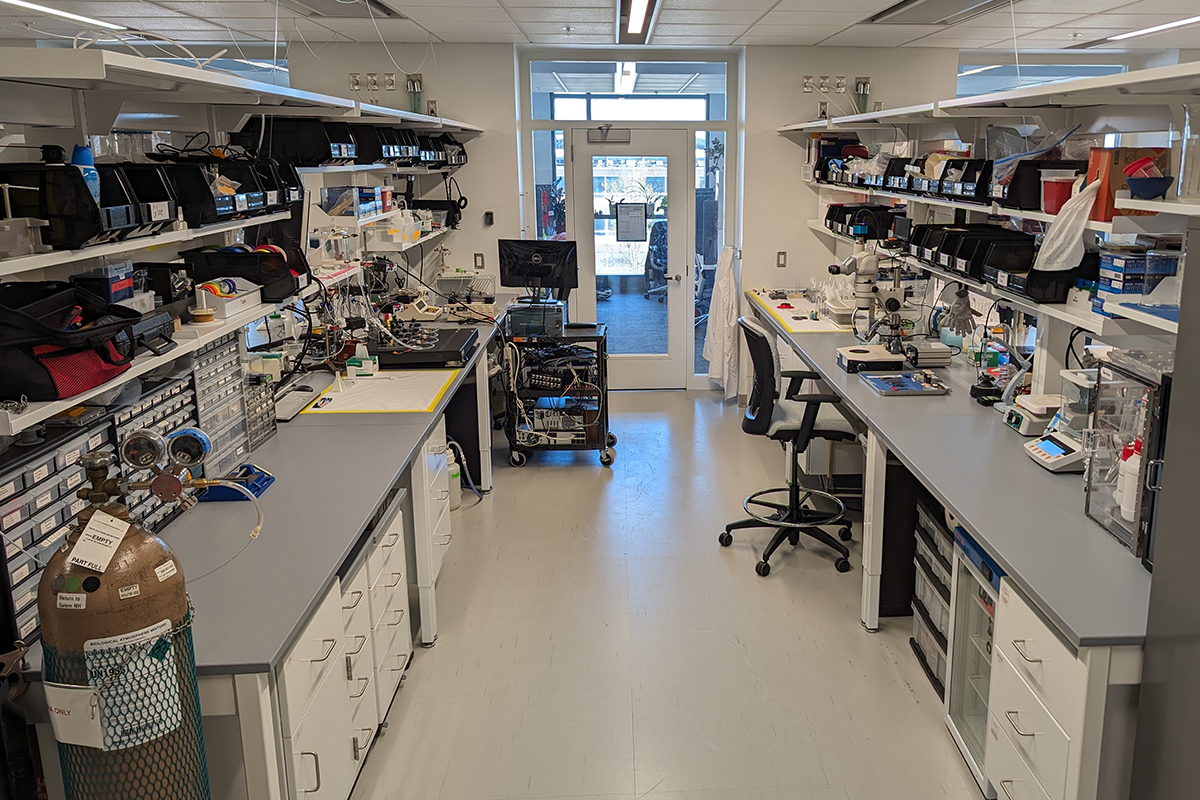My lab is focused on understanding the basic physiology of the lower urinary tract, with a particular emphasis on the smooth muscle of the urinary bladder. We are especially interested in the ion channels that regulate the function of bladder smooth muscle—how they contribute to excitability, contractility, and coordination of voiding. By identifying and characterizing these channels, we aim to uncover mechanisms that maintain normal bladder function and contribute to dysfunction in disease.
Another central area of our research is the sensory signaling that occurs during bladder filling. We seek to identify the specific cell types in the bladder wall that detect changes in volume and stretch. These include not only smooth muscle cells but also interstitial cells, urothelial cells, and resident sensory neurons. Understanding how these cells transduce mechanical cues into electrical or chemical signals is key to decoding how bladder state is monitored.
A particularly important question is how information about bladder fullness is relayed to the central nervous system to coordinate both conscious and reflex control of micturition. Using mouse models, we approach these questions from multiple levels—from molecular analysis and cell-specific manipulations, to integrated studies in the intact animal. Our work aims to bridge the gap between basic bladder physiology and the neural circuits that govern urinary voiding behavior.





